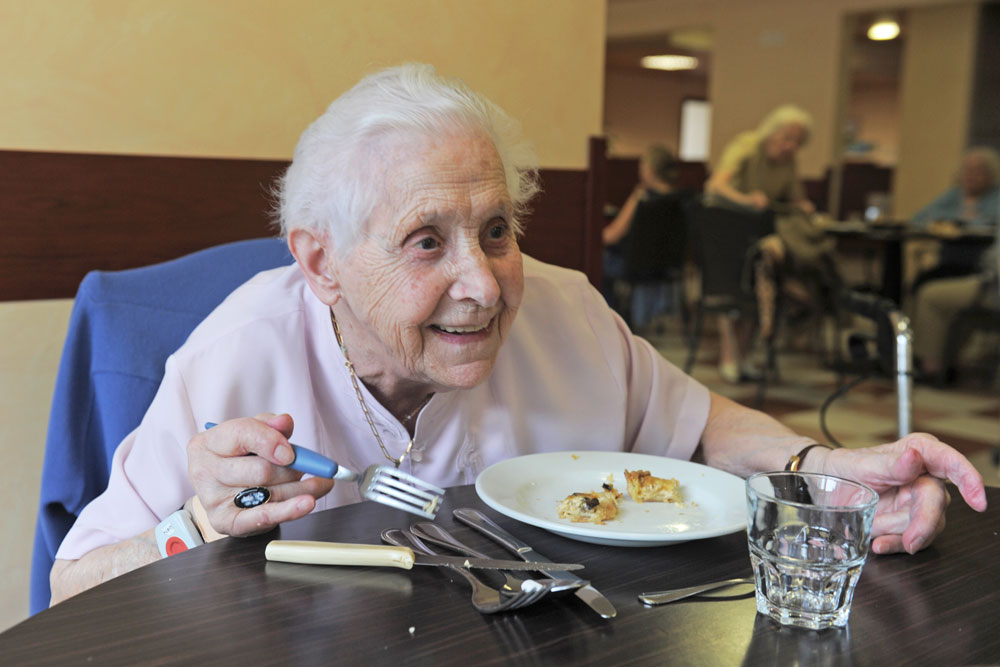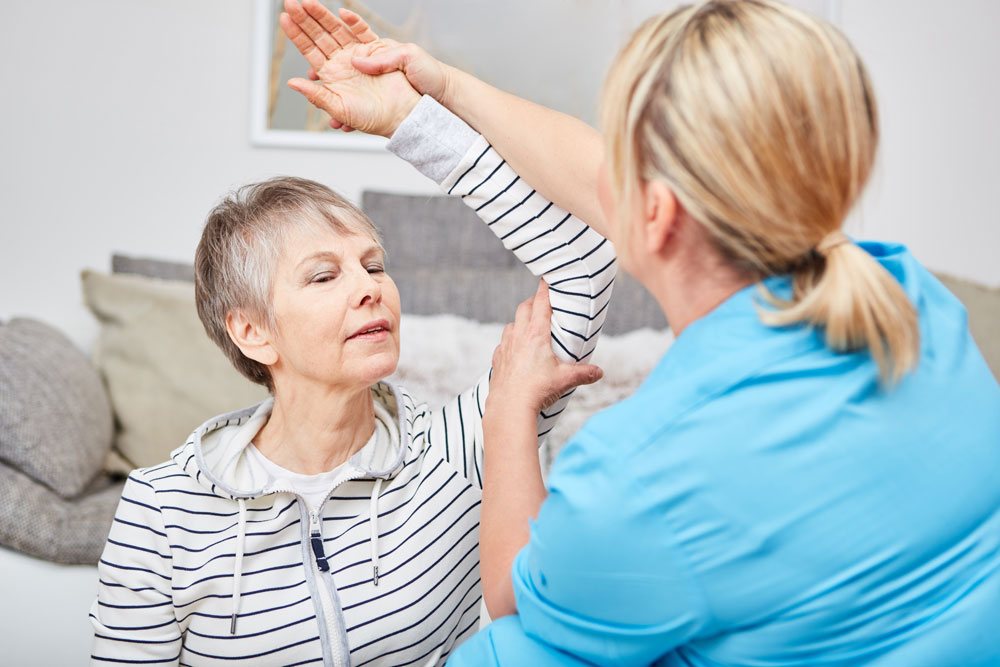The right level of ambition is key to success
This article is written from a Swedish perspective. Hopefully, it can inspire those interested from other countries.
By working strategically with change management, elderly care can become more flexible, efficient, and adaptable to changing needs and requirements. This can in turn lead to improved care and quality of life for the elderly. Excessive measurement can result in lower quality, certification can add value.

Strategic Change Management in Elderly Care: The Path to Improvement and Development
Implementing changes in elder care requires a strategic and well-planned approach. Changes may be necessary to meet the needs of the elderly and to keep the operation relevant and effective. Here are some guiding principles for working with change management in elder care.
Analysis of the current situation: Before any changes are implemented, it is important to carefully analyze the current situation. This may include evaluating existing processes, identifying challenges and opportunities, and understanding the needs of the elderly and staff.
Development of goals and vision: Change initiatives should be linked to clear goals and an overall vision for elder care. It is important that these goals are measurable and that they are clearly communicated to all interested parties.
Engagement and communication: To ensure successful changes, it is crucial to engage and involve all interested parties, including the elderly, relatives and staff. Clear and open communication is the key to creating understanding and support for the change.
Competency development: To successfully implement changes, it may be necessary to provide staff with the right skills and tools. This may include training and practice in new methods or techniques and support for dealing with the impact of the change on the work environment.
Evaluation and follow-up: After changes have been implemented, it is important to continuously evaluate the results and effects. This may involve measuring key indicators to assess the impact of the changes on elder care and making adjustments as needed.
Excessive measurement
A well-known quality guru named Deming is said to have said – "Only measure what needs to be measured".
For some decades, publicly funded operations have been measured in various ways with various key figures. The measurement became almost like a religion for a period. There is a risk with excessive measurement in an operation where everything cannot be measured. Helping a person with a shower is such a sensitive situation where the quality of the activity is difficult to measure.
There are those who say that what is not measured is not done. The reverse may apply that what is measured is done but it may mean that other important things are not done. A difficulty in elderly care is to measure the right things. Many things can be followed up with self-control once or a few times a year.
Eager measurement can inhibit employee engagement and steer focus in the wrong direction. It becomes more urgent to report pins in the statistics than to deliver a service of good quality. It's about measuring smart so we don't take time that could be better used for the residents. It happens that staff deliver statistics that with a little reflection could be picked from the operating system.
There are values that cannot be measured such as judgment, empathy and relationship. Key figures used should support skilled employees to develop in their professional role. Now there has come a new trend - "Trust-based governance and management". Exciting and see what it means for our development.
Certification a way to strengthen quality
Certification is a way to assure the quality of the operation. For the operation that succeeds in excelling in quality work, there is the "Swedish Quality Award - USK". It gives a drive to work with continuous improvements. Working with certification can be a way to create a culture where continuous improvements are part of the operation.
Mainly ISO certification but there are others for example Silviacertification which provides a structure for continuous improvements. Many nursing homes are ISO certified. ISO is an international standard for organizing work to continuously improve the operation.
Working with certification is a structured way to develop quality. By building systems for self-control, internal audits and continuous improvements, the operation builds both a culture and control mechanisms that contribute to quality development.
ISO standard for elder care
There has been an "Elderly Standard" since 2015. It clarifies the requirements for care and services for the elderly. It is provided free of charge by the Swedish Institute for Standards (SiS) for the operations that wish to work from it. It provides good support in the quality development work.
A value with certification of operation is that it contributes to creating a systematic work where continuous improvements become part of the operation's culture. If everyone in the operation strives to make the accommodation better, it will soon produce results.
By working with self-control and encouraging employees to write deviations when something goes wrong, management can get impulses for improvement work. It should be easy for residents and relatives to contribute with views and suggestions for improvement.
With simple, safe and well-known routines that everyone follows, it becomes easy even for a relatively newly employed substitute to do the right thing. An important part of this is to have good simple ways for information transfer and a way of working that makes it easy for employees to communicate with management. Present leadership with trust and a clear set of values contributes to creating a culture where everyone is important.
Reflection - ambition in quality work
Care staff:
• In what way can you contribute to making the operation better?
• Do deviations lead to the operation getting better?
• Are the right things measured in the operation?
Manager, nurse, occupational therapist and physiotherapist:
• What shortcomings and risks do you prioritize to work to remedy?
• Do you measure in the smartest way?
• Does the person who writes deviations get feedback on the investigation and what measures have been taken?
• What do your summer temps tell about your nursing home when they have worked their first summer?
Residents and relatives:
• Is there an easy way for you as a resident or relative to submit views, complaints or suggestions for improvement?
• Do you get information about the right things from your perspective?
• Is there anything you think the operation should follow up better?
Erland Olsson
Specialist Nurse
Sofrosyne
Better care every day
Aktuellt i media
- 2024-04-25 04:00 04 Bemötande
- 2024-04-22 04:00 01 Kvalitet
- 2024-04-18 04:00 10 Aktivitet o funktionsbevarande arbetssätt
-
2024-04-15 04:00
09 Mat och måltid
Food and fall prevention. How the nursing home ensures a safe and nutritious food handling.
info Foto: Mostphotos
Foto: Mostphotos - 2024-04-11 04:00 05 Planering
- 2024-04-08 04:00 10 Aktivitet o funktionsbevarande arbetssätt






